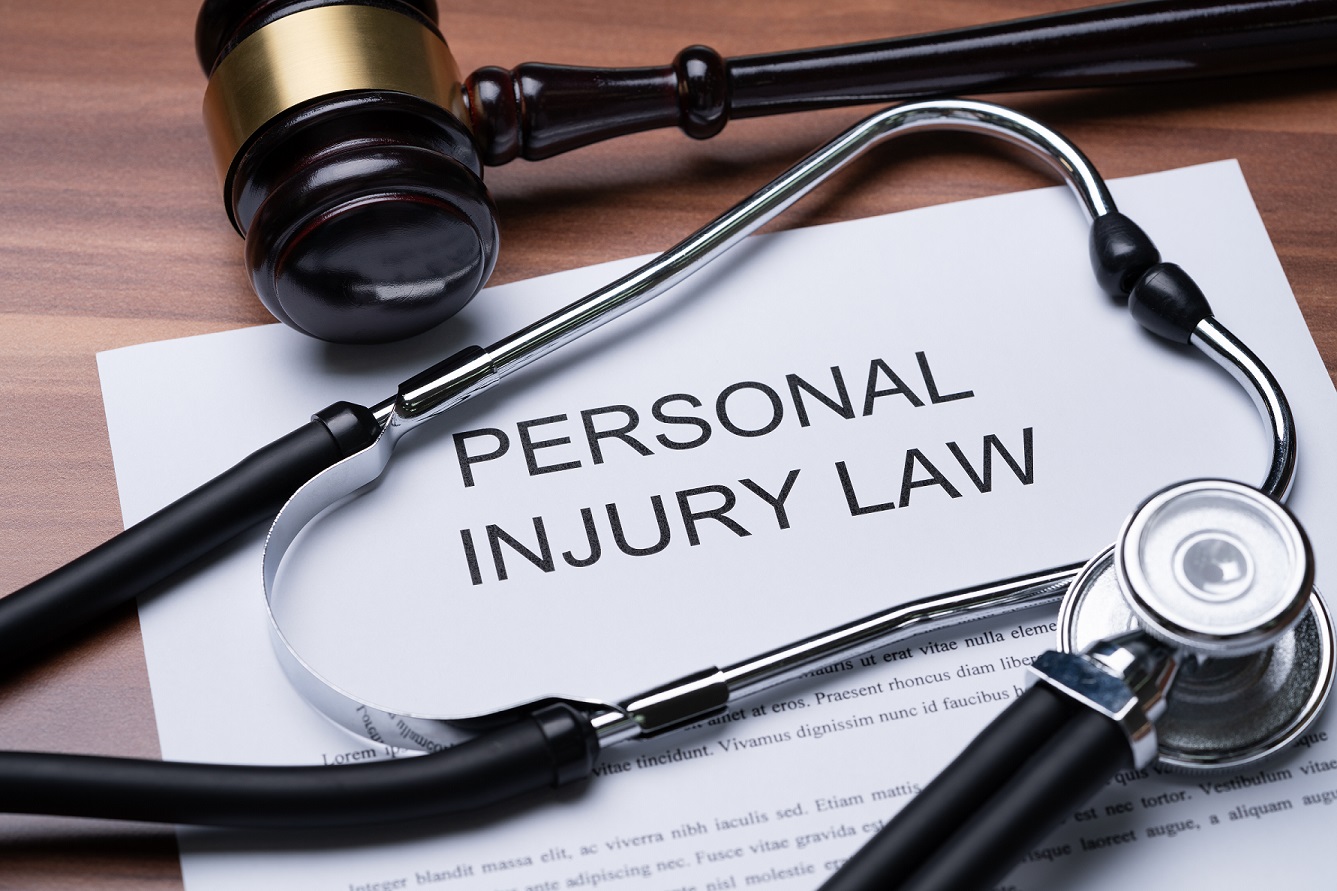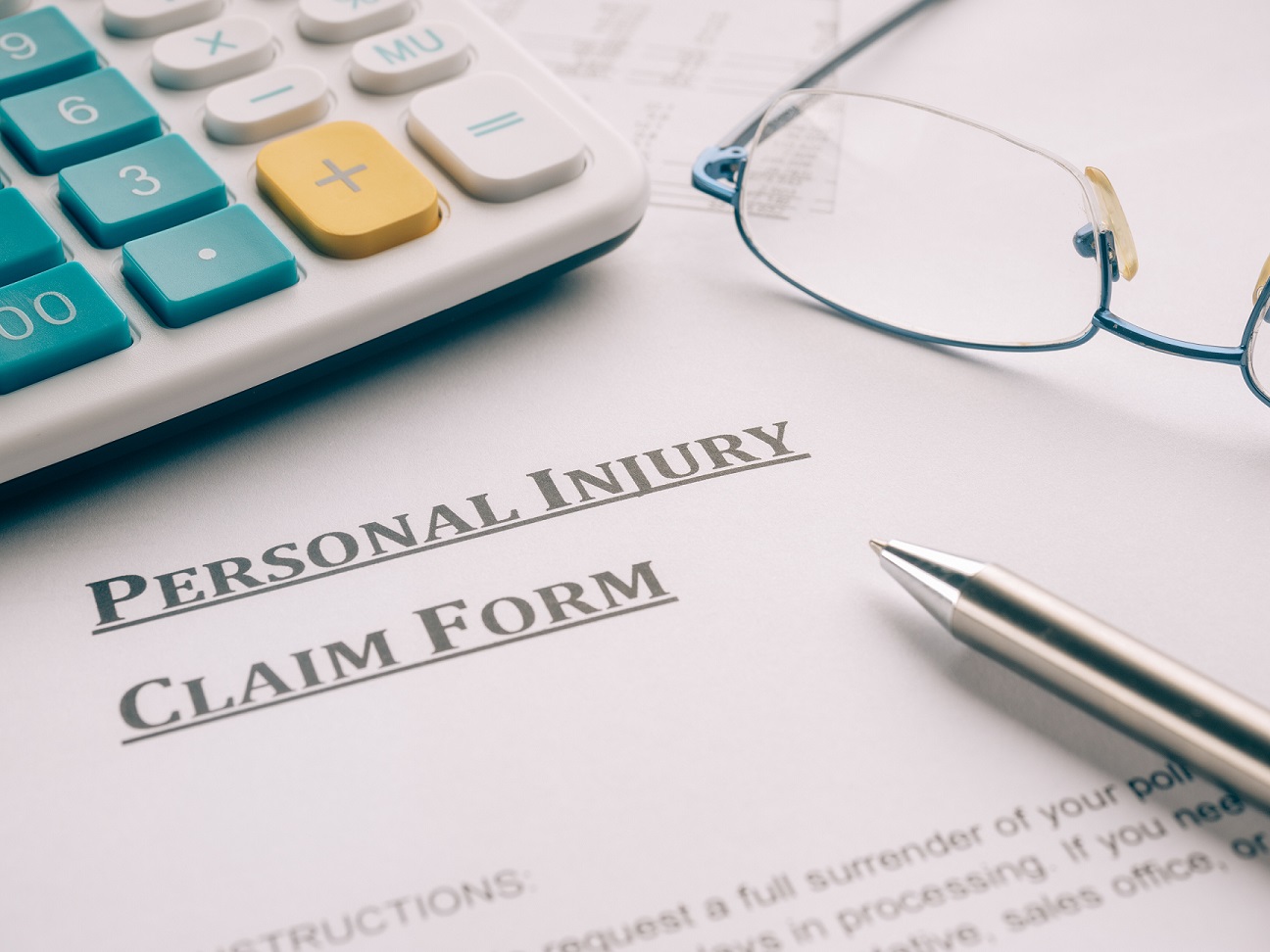Contents of this Post
ToggleTypically, sustaining a personal injury is never simple. Depending on how severe you’re hurt, it can have a devastating impact on your quality of life. It can also take a toll on your financial health by adversely affecting your ability to work and putting a strain on your bank account.
When this happens, your primary recourse is to file a personal injury case to claim just compensation for your injury. However, navigating personal injury claims can be complicated, especially if you’re unfamiliar with the legal grounds that warrant filing an injury claim.
When navigating personal injury claims, you must remember that each case is different, and there are many circumstances to be considered, which can be very confusing. To make it convenient for you, hiring a personal injury lawyer may be your best course of action. Find someone reputable and with great experience. They can help you come out of this situation victorious.
If you or your loved one suffered a personal injury due to an accident or negligence, here are some basic pieces of information regarding the grounds on which personal injury claims can be brought about:

What Is Personal Injury?
Essentially, personal injury refers to a broad area of law that involves civil claims initiated by individuals against defendants who committed negligent acts or omissions. According to https://www.hawklawfirm.com and other reliable law firms in your area, personal injury comes in various forms. Some common examples can include the following:
Vehicular Accidents:
Typically, drivers must be responsible for other people’s safety while maneuvering their vehicles on the road. When they fail to do so, they may be held liable for the injuries caused by the accident. As per the World Health Organization, approximately 1.3 million people die from road traffic crashes annually, and up to 50 million victims suffer non-fatal injuries. Therefore, information dissemination about safe driving continues.
Pain management after car accident is crucial for recovery, as injuries like whiplash, fractures, or soft tissue damage can cause long-term discomfort. Seeking prompt medical treatment and following a structured rehabilitation plan can help minimize chronic pain and improve healing.
Workplace Accidents:
When an employee gets injured while working due to someone else’s negligence, it may also become a personal injury case. In most cases, workplace accidents can involve employers, employees, sub-contractors, vendors, and other third parties.
According to the National Safety Council (NSC), the preventable injury death rate increased from 3.0 in 2020 to 3.1 in 2021 (per 100,000 workers). In 2021, NSC also analyzed data from the Census of Fatal Occupational Injuries (CFOI) by the Bureau of Labor Statistics (BLS), finding a total of 4.26 million work-related medically-consulted injuries.
These workplace accident statistical reports show that despite the availability of safety policies and technologies, these incidents are still rampant. Victims of slips, falls, and other work-related injuries can consult an experienced personal injury lawyer from a reputable workers comp law firm.
Medical Negligence:
According to recent studies, medical errors cause 251,000 deaths in the United States each year, making it the country’s third leading cause of death.
Meanwhile, a simulation model created by James G Anderson and Kathleen Abrahamson in a study published at the National Library of Medicine evaluated how organizational changes affect medical reporting. Based on the findings, organizational changes must be institutionalized to improve patient safety.
Doctors and other medical professionals have a duty to exercise a reasonable standard of care toward their patients. When they breach that duty, they may incur civil liability. Some examples of medical negligence include misdiagnosis, birth injury, medication errors, and other negligent acts.
Slip and Fall Accidents:
Business establishments and other property owners should also ensure their premises are completely safe for their clients. Failing to do so may held you accountable for any injuries resulting from these accidents.
A personal injury lawyer can help a victim gather substantial evidence to prove a claim before the insurance company and the court. Choosing an attorney with experience handling a specific type of case is advisable for positive results.
What Are Common Personal Injury Grounds?
Filing a personal injury case is never easy. If you’ve been injured without your fault, you need to have ground to ensure you can make someone liable for your losses. If you’re successful in doing so, you may recover the right amount of compensation to get back on your feet as quickly as possible. Some common personal injury grounds can include:
Negligence
This is one most common personal injury grounds for personal injury cases that you should be wary of. Generally, negligence occurs when a party fails to act with caution and causes an injury to another party. As a result, the injured party may sue the party at fault for what happened. A typical example is when a driver is speeding and causes a vehicular accident, resulting in an injury, which may incur civil liability.
On the other hand, to prove negligence on the part of the at-fault party, the following elements must be established:
- Duty of Care: It usually refers to a person’s responsibility toward another person. This means an individual with particular duty of care should act in a way that it doesn’t cause an injury to other persons. Some examples can include drivers who obey safety rules on the road, a product manufacturer ensuring that the products they create are safe for the consumers, and pet owners who ensure that their dogs don’t cause danger to society.
- Breach of Duty: This means that the defendant has breached the duty of care they’re obliged to give to another person. This usually happens when they commit certain negligent acts. An example is a driver who drives recklessly instead of following traffic signals.
- Causation: This means that the defendant’s breach of duty is the direct cause of another person’s injury.
- Damage: This means that the injuries sustained by a person resulted in significant damages, such as medical bills, lost wages, loss of enjoyment, pain, suffering, and other forms of losses.
The elements of negligence don’t need to be proved in a hard way. With legal assistance from a personal injury lawyer, you can secure evidence to establish the at-fault party’s liability. Some pieces of evidence that can help support your personal injury case include medical records, payroll receipts, photos or videos of the accident scene, witness testimonies, and other documentation.
Strict Liability
A personal injury case can also be filed based on strict liability in some jurisdictions. It refers to a concept in which a party, whether an individual or an entity, may incur liability for another person’s injury without considering intent or negligence. For example, in a strict liability state, a dog owner may be held liable if their dog causes an injury to you or someone else.
Under strict liability, a manufacturer may be held strictly liable if a defective product they produce causes harm or injury to a consumer. For instance, if a car’s airbag fails to deploy during an accident and the driver is injured, the manufacturer may be held strictly liable for the driver’s injuries. This is why in the discovery of defects in products, manufacturers take immediate action by issuing a recall to prevent huge losses caused by strict liability cases.
Unlike negligence, strict liability doesn’t require proof of a breach of duty or any other fault on the part of the responsible party. Instead, it focuses solely on the harm caused by the party’s actions or the product they created.
Intentional Conduct
When an individual attempts to hurt you intentionally, they may become a defendant in your personal injury case. It’s usually based on an intentional attack or assault, leaving you injured. Moreover, you can also file criminal charges against the defendant, along with your personal injury case. In doing so, it’s best to consult a lawyer to make sure you’re doing the right thing.
Another example of intentional conduct is false imprisonment. Restricting another person’s freedom of movement without their consent, such as by locking them in a room or restraining them against their will, may result in injury, which can be a ground to consider in the case.
Wrapping Up
Dealing with a personal injury case doesn’t have to be confusing as long as you’re armed with the proper knowledge. Accordingly, if you’ve sustained an injury and you want to file a case, it’s best to keep the information mentioned above in mind. That way, you’ll know how to build your case and improve your odds of getting a successful outcome.

